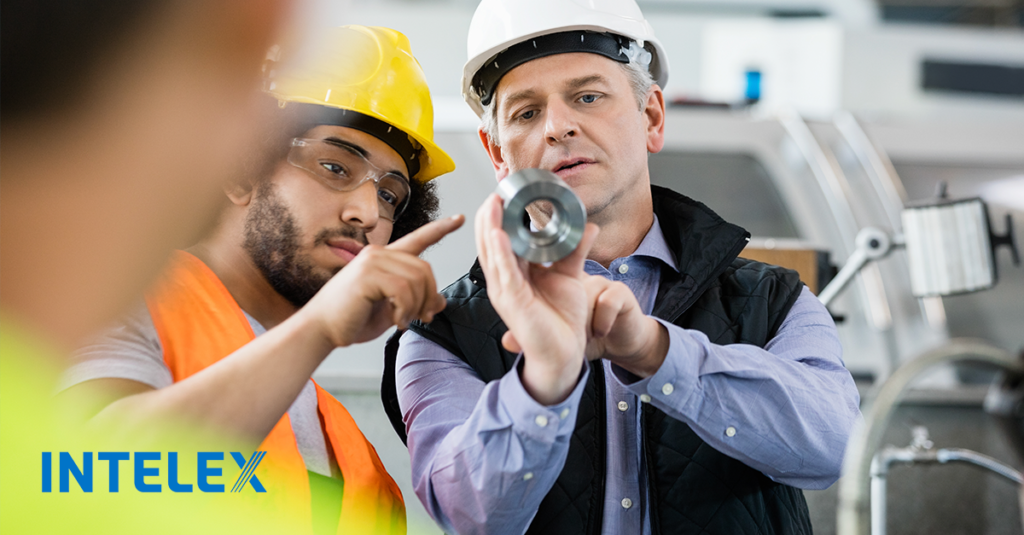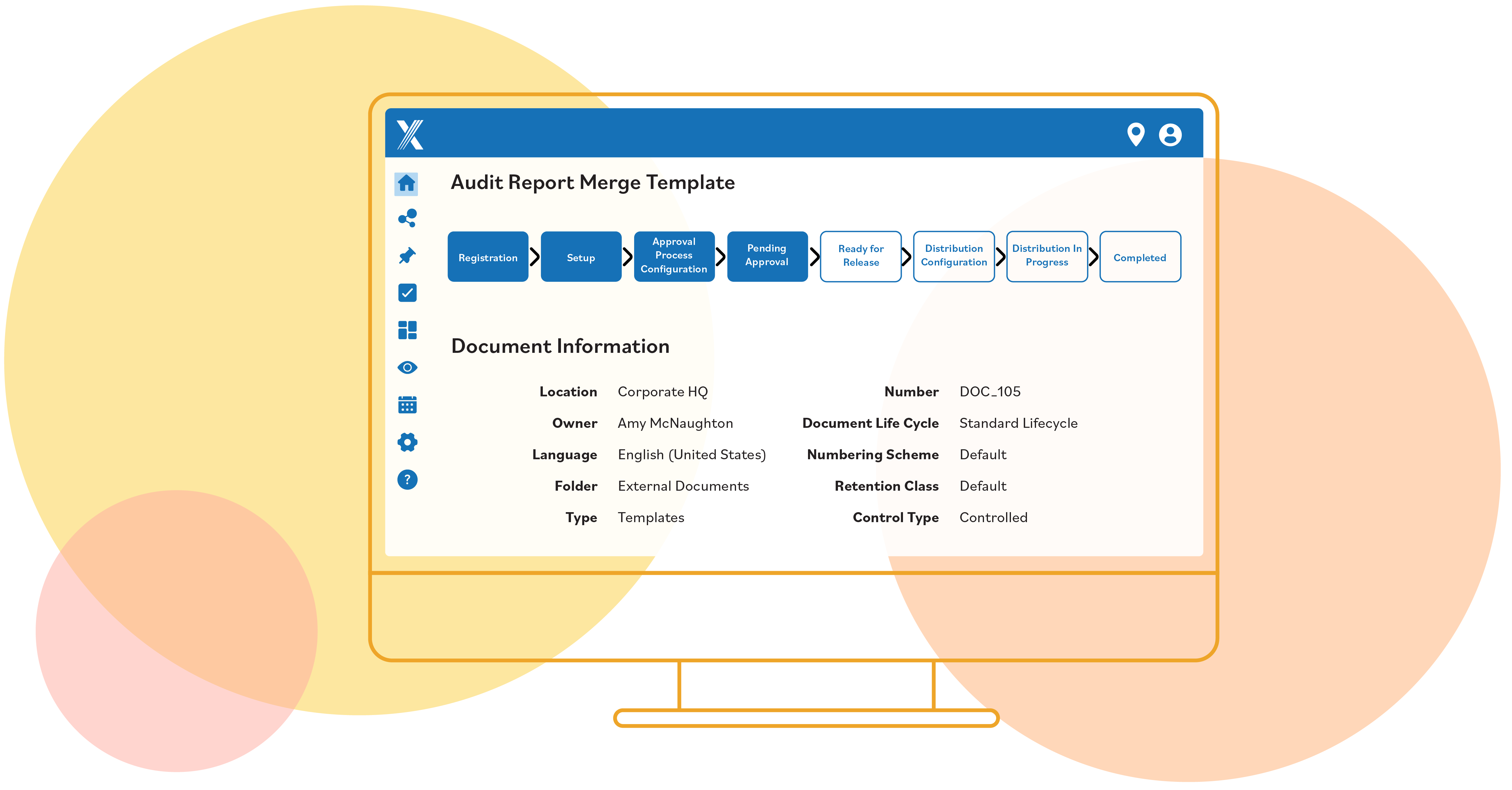Look for the “Believers” to Evangelize Your Safety Culture
August 25, 2022

Safety cultures should be created by employees for each other – empowered, invested and supported by the company – as opposed to forced down and then begrudgingly adopted or ignored.
That’s the view of Neil Bedwell, a council member of Forbes magazine who heads up a consultancy that focuses on culture called Local Industries, based in Atlanta. Employees represent the most important stakeholders in any workplace initiative, he says. In the context of health and safety, guidelines may be created by a small group of senior people, but it is the employees on the floor who bring these principles to life day-by-day and minute-by-minute.
“Occupational health and safety, like anything, needs to be imbedded into culture and culture is created by the employees,” Bedwell says. “Health and safety are a cultural pillar inside every company. Make it a safe place to work and everybody feels well looked after and cared for. They work harder, stay longer and the company grows.”
Bedwell admits, however, that not everyone is willing to step up and into a leading role in occupational health and safety. He suggests building a corporate culture of “stakeholdership” by identifying and investing time with those within a company whom he refers to as “believers.” Believers are strongly supportive of companies they work for and are ready to lean in,” he says.
“They’re just folks that are naturally positive,” Bedwell adds. “They exist on every team and at every location. You’ve just got to find and empower them, incentivize and hero them and celebrate them because they’re the ones displaying the behaviors you want. You don’t have to create them. You have to amplify them.”
On the other side of the spectrum are employees Bedwell describes as the “drains,” who typically don’t believe in a company and think the organization is trying to do them harm. Those employees are nearly impossible to influence and truly can be a drain on the organization and health and safety efforts.
It’s the group in the middle – the “swayables” – that you want believers to be influencing. The perceptions of swayables can be moved one way or the other depending on the resonance of the believers and drains. Bedwell says in an average company there are about 16 percent of people who are believers and 16 percent who are drains. The rest are swayable.
“I always liken it to the dance floor at a wedding,” Bedwell says. “It’s hard to be the first ones to stand up and dance when the music starts playing, but those are like the believers. They are enthusiastic and looking to drive the celebration. [When] enough of those people get up … it becomes easier for others to join in. It encourages the swayables. When not enough believers get up, then everyone stays seated.
“You should invest in your believers,” he adds. “Give them positive stories to tell and positive behaviors to display so that the swayables know how to join in. The positive tends to outweigh the negative.”
Driving an Employees-as-Stakeholders’ Culture
The greatest and most common challenge for organizations seeking to drive employees into becoming stakeholders in occupational health and safety may be escaping a poor history.
“Suppose a group of employees has endured years of poor leadership where safety was not valued. Because of mistrust, it’s challenging to turn workers around to become stakeholders,” says Intelex Vice President and Global Practice Leader for Health and Safety, Scott Gaddis. “If stakeholders feel they aren’t valued, they likely will not give back to the organization.”
Every stakeholder should be listened to and be part of the safety and health strategy and objective setting, he says. There should also be safety and health objectives that increase program participation and partnership. Safety success helps to improve other business functions that heavily rely on management systems like quality, maintenance and operations, according to Gaddis.
Scott Gerard, vice president of environmental health and safety for Florida-based construction company Moss & Associates, says it’s important to be in the places where workers are and reach out to them for guidance and direction when it comes to occupational health and safety concerns.
“If you’re coming to them to help figure out the solutions, then they become stakeholders, so go to the factory floor and find out what’s going on,” he says. “Spend time with people who might (have the potential to) be injured on the job to understand what’s going on. Often, they have the solution. It gives your employees stakeholder status in safety and makes them a part of the process.”
Still, there are outliers in every facility and every organization – people that Gaddis describes as those who refuse to bend or participate. For them, an organization may simply need to dictate what is and is not acceptable in the workplace, and employment termination might be the only recourse for those who refuse to follow the guidelines.
“I’ve worked with those people…and they’ve continued to do exactly what they’ve always done. They’ve cost us workers compensation, downtime, absenteeism and grievances,” Gaddis says. “It’s usually the same set of people. Basically, they’re trying to kill themselves.”
Learn more about what you can do to drive greater ownership and a stronger health and safety culture within your organization by downloading the Intelex Insight Report: Occupational Health and Safety: Employees as Stakeholders.
Looking for technology-based solutions to help your employees step up as stakeholders in health and safety? Intelex’s EHS software tracks and reports your safety data, analyzes trends and draws insights, meets compliance requirements and cuts down administrative work.





